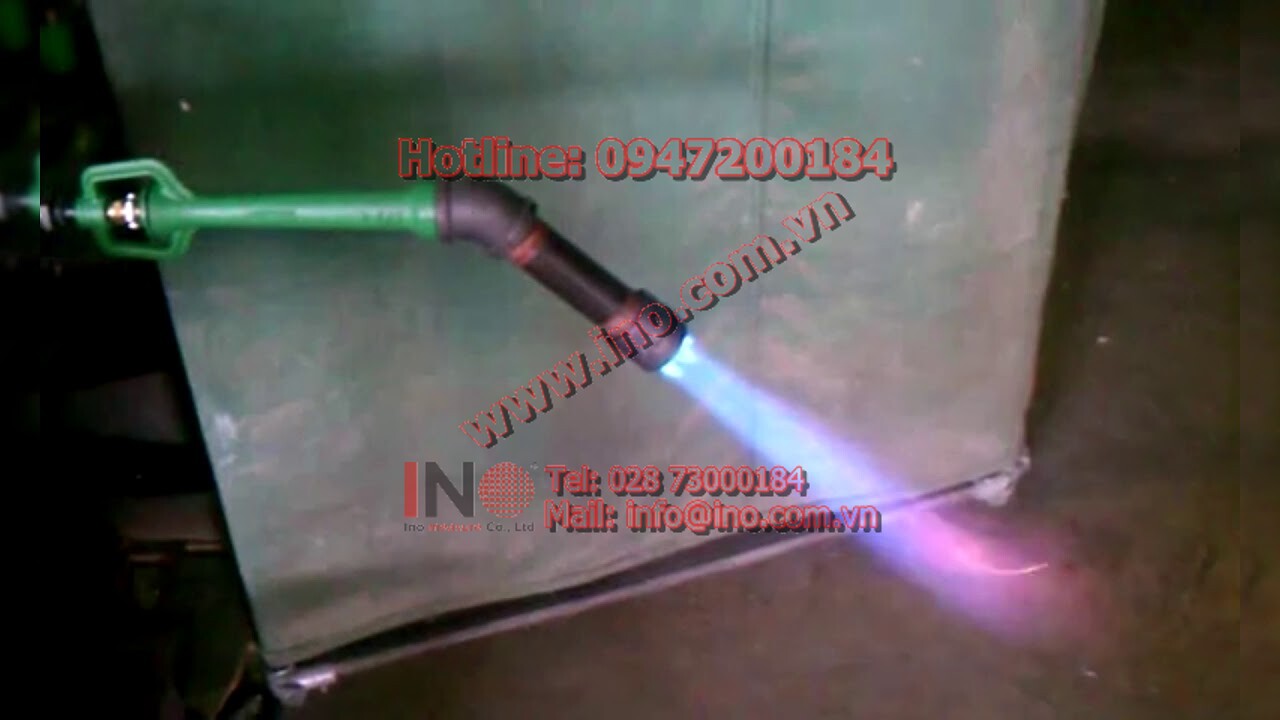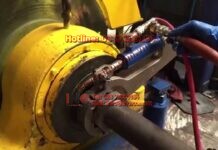Activated sludge process and IFAS – Design rules + guideline
Các câu hỏi, thắc mắc, thông tin liên quan đến sản phẩm được giới thiệu trong video dưới đây từ khâu mua sắm, lựa chọn, sử dụng, cài đặt hay thay thế, vui lòng liên hệ với INO Team để được hỗ trợ và tư vấn kịp thời.
– – – LƯU Ý – – -: Với những thiết bị không được liệt kê ở đây không có nghĩa là chúng tôi không hỗ trợ được bạn, công ty chúng tôi chuyên đề xuất giải pháp, tư vấn mua sắm và cung cấp thiết bị về cảm biến công nghiệp, đo lường và tự động hoá cho các công ty trong và ngoài nước.
Công ty TNHH Giải pháp và Công nghệ Đo lường INO, nhà cung cấp các thiết bị đo lường và tự động hóa công nghiệp.
Activated sludge is worldwide the most used suspended growth process in wastewater treatment. The treatment process can include different steps, but most commonly are:
– Screening and grit removal to filter out debris
– Primary clarifier for particle sedimentation
– Biological treatment with activated sludge consisting of an aeration basin, secondary clarifier and recycle stream
– Disinfection for final removal of germs and bacteria
(Zoom into biological treatment step)
Wastewater entering the aeration basin still contains organic matter such as food waste and fecal. Microorganisms in the raw water influent will colonize in the aeration tank and metabolize organic waste to ATP for further cell growth as well as CO2 and water. As the microorganisms need oxygen to survive, the tank is aerated for example with diffuser systems. The amount of oxygen needed for biochemical processes is also known as the BOD value. BOD is a very important indicator for the level of wastewater pollution.
To keep a good balance between the number of microorganisms, organic waste and oxygen, some microorganisms are settled down in the secondary clarifier. Adding flocculants will cause that microorganisms clump together with particles and settle down as activated sludge. Some of the activated sludge is then recycled back to the aeration basin whereas the rest is removed as waste sludge, thickened and then for example used as fertilizers. By recycling the activated sludge back into the aeration basin, the amount of microorganisms can be increased significantly – e.g. 30 times compared to the raw water influent. This is exactly the principle of activated sludge: To accelerate biological degradation significantly in a confined space.
The sludge recycling rate does not only affect the sludge volume but also the sludge age. Young sludge (2 to 8 days) refers to microorganisms that metabolize organic waste as described before. Instead older sludge (older than 8 days) is used for nitrification processes to oxidize ammonium NH4+ to Nitrate NO3-. The sludge age can also be expressed as the SRT – Solid retention time. The SRT is the volume of the reactor multiplied with the concentration of solids divided by the excess sludge.
The number of microorganisms present in the aeration basin and therefore the treatment capacity of an activated sludge plant is limited. The ratio of microorganisms and waste stream is also known as the MLSS – Mixed liquor suspended solids concentration. As higher the MLSS as less volume is needed to remove BOD from the waste stream. The maximum MLSS concentration for activated sludge basins is at about 3,500mg/l. However, by adding fixed film media into the aeration basin – also known as IFAS systems – the MLSS can be increased to up to 5,000mg/l meaning the treatment performance can be increased by up to 50%.
Please click on the following video link to see in detail how the activated sludge process can be upgraded with fixed film media systems.
Web: www.ino.com.vn | Mail: info@ino.com.vn
Tel: (+84) 028 73000184 | Hotline: 0947200184
Website: http://www.ino.com.vn Website: http://www.ino.vn
Please visit INO YouTube Channel for more Video
https://www.youtube.com/inomeasure




















